PHONE: 06 874 9077 | HOURS: MONDAY-FRIDAY 9AM-5PM
PHONE: 06 874 9077 | HOURS: MONDAY-FRIDAY 9AM-5PM
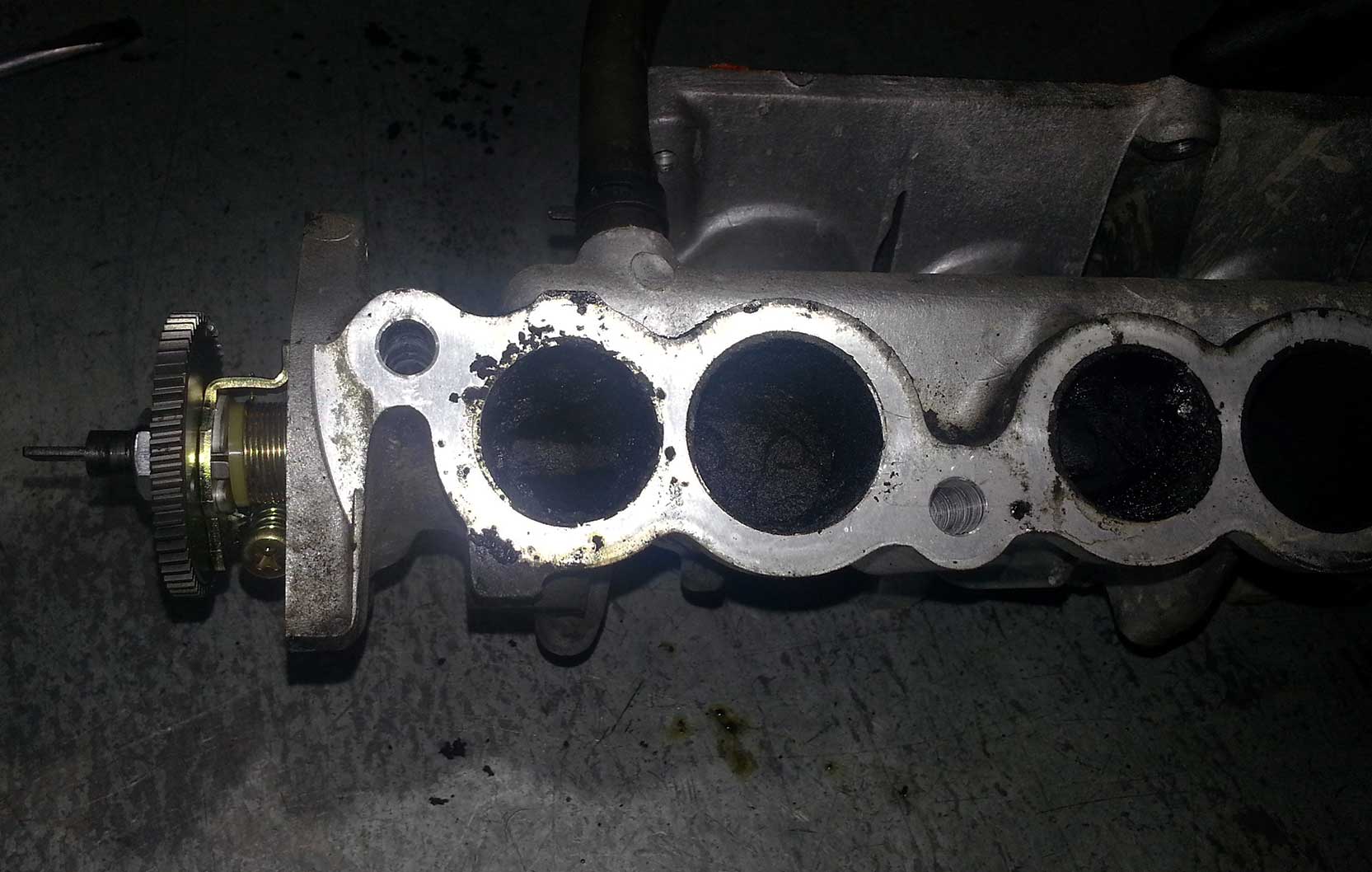
$764.00 +GST
Prerequisites: It is prefered that you have completed AED, no matter what level of experience or previous training systems.
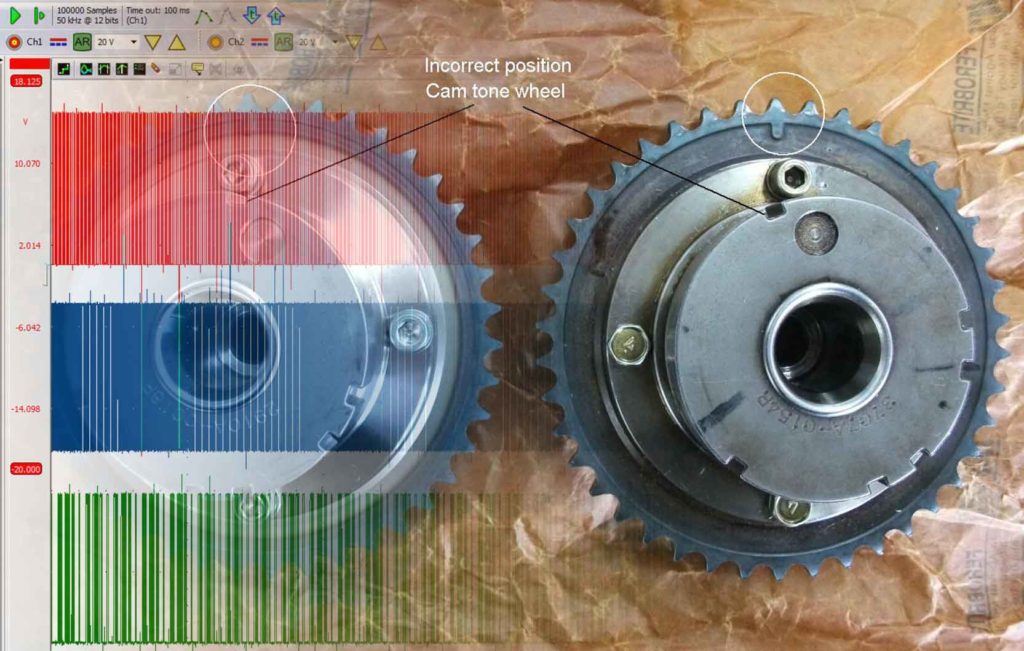
Variable Cam Timing
In this training, we will discuss various variable cam timing brands and designs, from Nissan VVL to BMW Vanos. How variable cam timing works mechanically and electronically, we go into great detail with numerous images and cutaway models.
We also discuss how fault codes are set and how drivability problems occur when your customers stick to the extended service intervals, which is typically marketed by vehicle manufacturers.
Variable Valve Lift
Most car manufacturers have, or soon will have, variable valve lift on all of their vehicles. This is a system where the intake valve height is altered, to control the amount of airflow into an engine. We discuss this in detail.
These car engines run with the throttle blade in the wide-open position even when the engine is idling. We delve into the mechanical side (with cutaway models) and the electronic workings of the variable valve lift.
We go deep into how the software in the ECU deals with variable conditions so you understand the system and make diagnostics easier. At the end of this topic within the training, you will be able to diagnose drivability problems with a scan tool and oscilloscope.
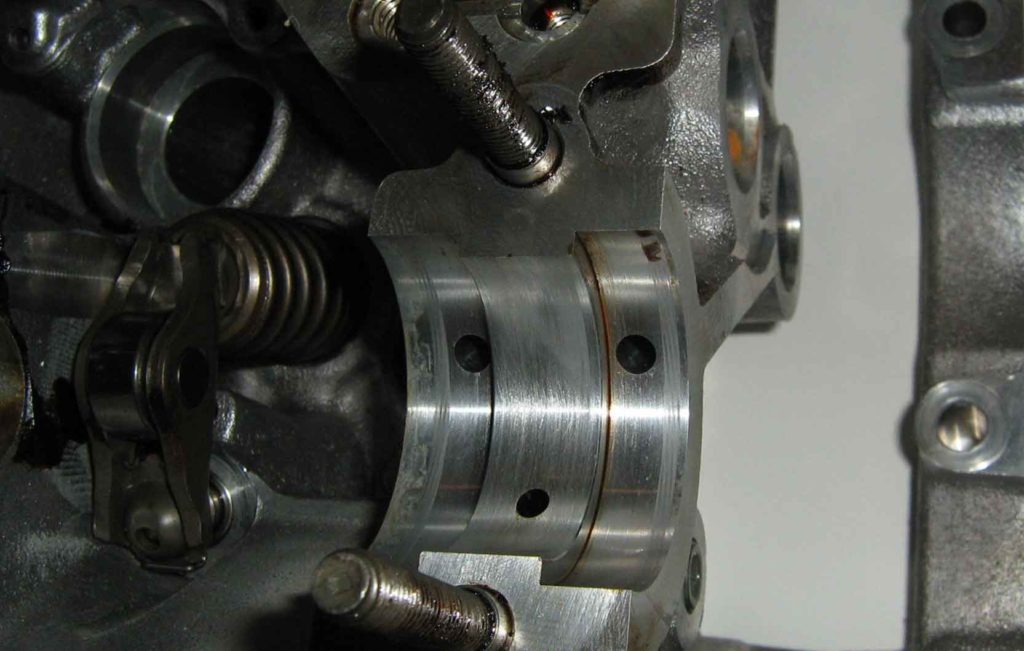
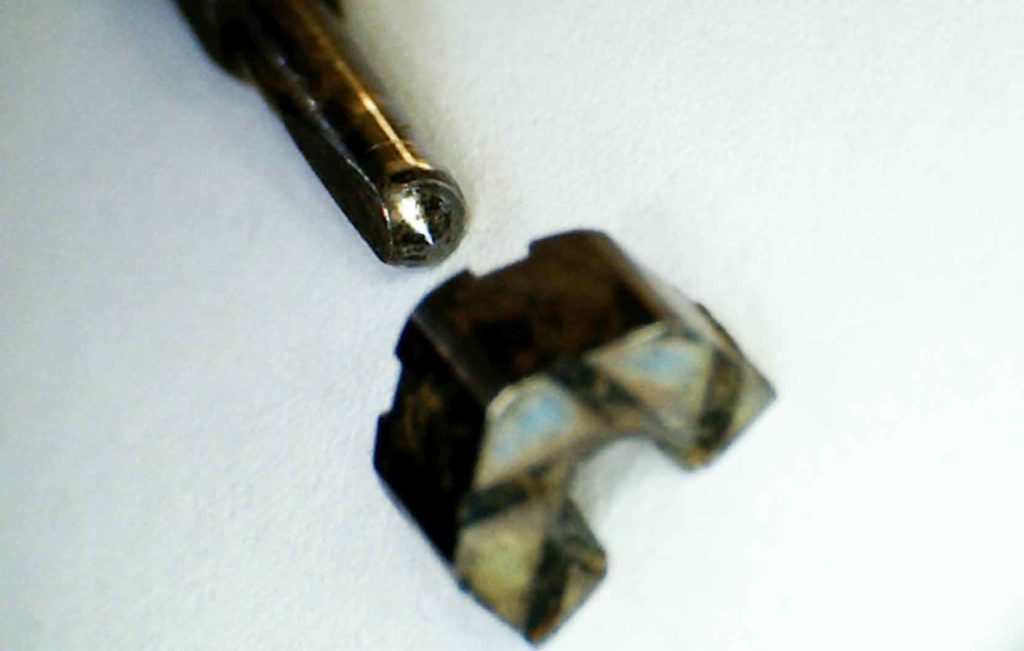
Direct Injection
Almost all car manufacturers have direct-injection petrol engines, for example, the D4, GDI, FSI, TSI, SIDI, etc. Many late model direct injection systems are already developing problems, while some of the older systems are having all sorts of known issues.
We discuss the mechanical side and the layout of late-model direct injection systems and the electronics plus control on late-model vehicles, for example looking at the double closed-loop pressure control on TSI vehicles.
We also teach you some of the known issues on older systems. Within the training we will have a cutaway of a GDI injector that had an incorrect spray pattern causing surging. Lastly, as an example, we will look at the double coil Nissan injectors (3-wire) and the high voltage and current control on FSI injectors.
Direct Injection & EGR
Direct injection engines proportionally need a higher EGR quantity. EGR systems are notorious for causing trouble. We troubleshoot cases where, for example, an aftermarket EGR valve has dropped the valve dish in the intake manifold. How do you diagnose this with a quick scope measurement decisively? We also look at the patterns and fault codes of such problematic vehicles.
Proximity Switches
Most vehicles use ABS wheel speed sensors, CVT gearboxes and 2 wire current proximity switches. Learn a new way of diagnosing these sensors and their circuit. We discuss positive and negative controlled sensors and how fault codes are set in the ECU and live data in the scan tool deals with incorrect signals. You will learn what to measure when there is a short, or poor connection before a fault code is set.
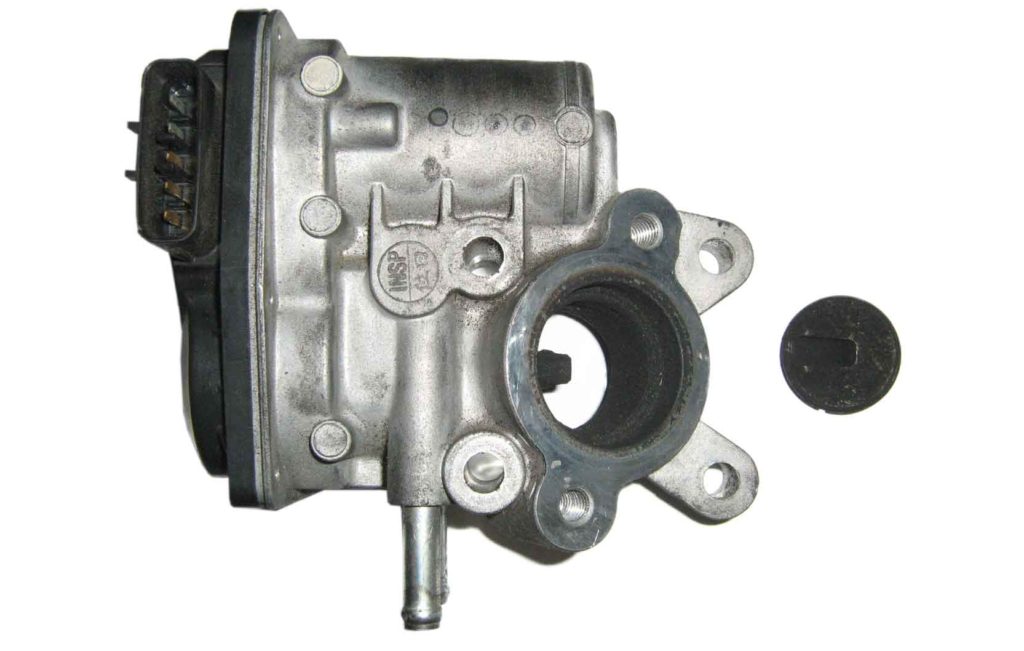

Multiple ECU Structure with Multiple CAN Databus Systems
In this part of the training, we discuss a late model vehicle with 27 ECU’s onboard, connected to 3 CAN data bus systems (which is not uncommon). We look at each ECU, its role and what sensors are attached for direct inputs, including how each ECU has indirect inputs via CAN, and why.
Each ECU has direct outputs but some also have output via CAN. It is important to understand why and how this works. Some indirect signals (output and inputs) cross multiple CAN bus systems.
How can a faulty sensor on one ECU, not even directly connected to another ECU cause a series of problems? We discuss simple examples such as, how a brake fluid pressure sensor’s signal connected to the ESP ECU is affected and secondly, what the rear signal acquisition module does with the brightness of the taillights through duty cycle control. We also deal with some complex software relations, where several ECUs are used to interpret a head-on crash instead of a T-bone crash to increase passenger safety.
Re-flashing ECU’s and Pass-Thru
This is a great topic and there are many myths. We will teach you the sense and non-sense in re-flashing ECU’s and the difference between re-flashing and pass-thru. We cover in detail how a dealer scan tool deals with this and the position of aftermarket scan tools.
We also teach you step by step how to code new ECU’s which is different from a re-flash and pass-thru. We share the whole process on a late model car.

A short video with actual EMS1-3 Training content.
The team at AECS are here to help. Let us know how we can be of assistance.